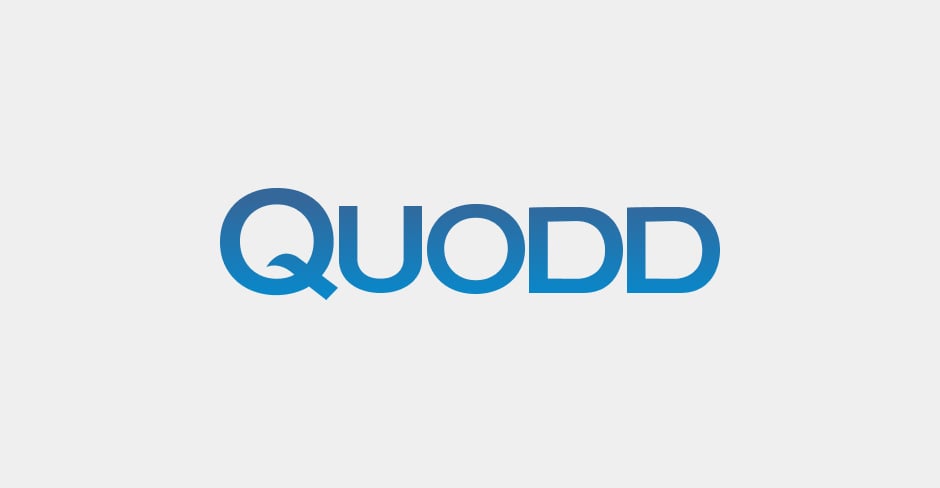12.05.2024
|Market Data
|3 Min Read
Banks are waking up to the hidden risks of market data
Before the recent failures of SVB and Signature Bank earlier this year, the banking world was already facing a seemingly endless list of complex risks to address given the state of the markets and the broader economy, making prioritization a challenge.
A recent analysis from The Everest Group cited in American Banker highlights how shoring up risk management practices has risen to the top of the priority list for bank execs, noting that banks will increase their annual spend on risk technology by 8%-to-12% in the next 12 months.
In short, banks understand they need to improve their risk management practices across business lines and functions and are actively making technology-driven efforts to address them.
At QUODD, we’re seeing increased interest from banks, regional and community banks in particular, to address the consolidation risk that comes with relying on one market data source for key back-office functions such as daily price exception reporting, new security setup and security master maintenance, and income processing within trust departments.
Market data was once thought of as highly commoditized and generally reliable regardless of the provider. However, when it comes to certain financial instruments, getting an accurate data point can sometimes be a moving target and banks leave themselves open to getting burned when a provider stumbles. The firms downstream using this data had to deal with the consequences as well, as it tainted performance, valuations, and reporting.
As previously noted, banks today have a lot of priorities to contend with when it comes to allocating their technology investment dollars, particularly on the front end where digital transformation takes top billing on most IT roadmaps.
Overhauling back-office functions tend to be more complex in nature, so the prospect of adding a new market data source is either a headache or an afterthought. It stems from a longstanding misconception that implementing a new market data system is a costly, complex project.
However, the truth is that hardwiring bulky terminals are quickly becoming a thing of the past. The market data space, like other critical technologies, has undergone a similar move towards cloud-based, SaaS delivery models that enable an institution to be up and running with a secondary market data source in days, not months or years, and with the flexibility for users to access the data they need in the office or remotely. In addition to significantly bringing down the cost, it can be done while avoiding disruption to existing structures and data feeds.
Summing it up
The concentration risk for banks today when it comes to their usage of market data in the back office is very real, particularly for regional and community banks that may have relied on a single source of market data in the past. Because of advances in technology, adding multiple sources of market data to validate pricing and accounting discrepancies is easier than ever. Banks who are looking to be proactive with addressing these risks should consider the modern market data options that exist today.
Looking for a secondary or alternative market data source?
We’d love to hear from you! If you’d like to learn more about modern market data alternatives, please reach out to us.
BackOther Question Frequently Asked

05.31.2024
|FAQs
|Stocks and ETFs
|1
When will historical prices be updated from a stock split on a given date?
The historical prices will be adjusted historically from the ex-date of the corporate action.

05.30.2024
|FAQ
|3
Equity+ Installation Instructions
First install Java to be able to Equity+.

05.30.2024
|FAQ
|3
Where does the QUODD FX rates data come from?
The Global Currencies API provides spot exchange rates. QUODD integrates FX rate data from multiple leading data providers including ...